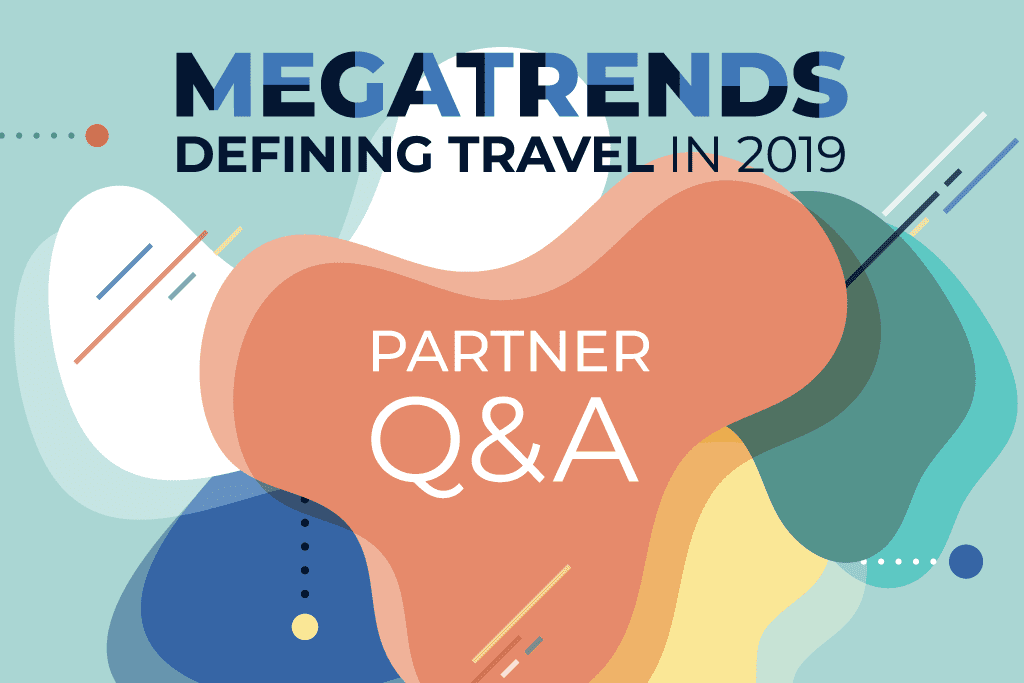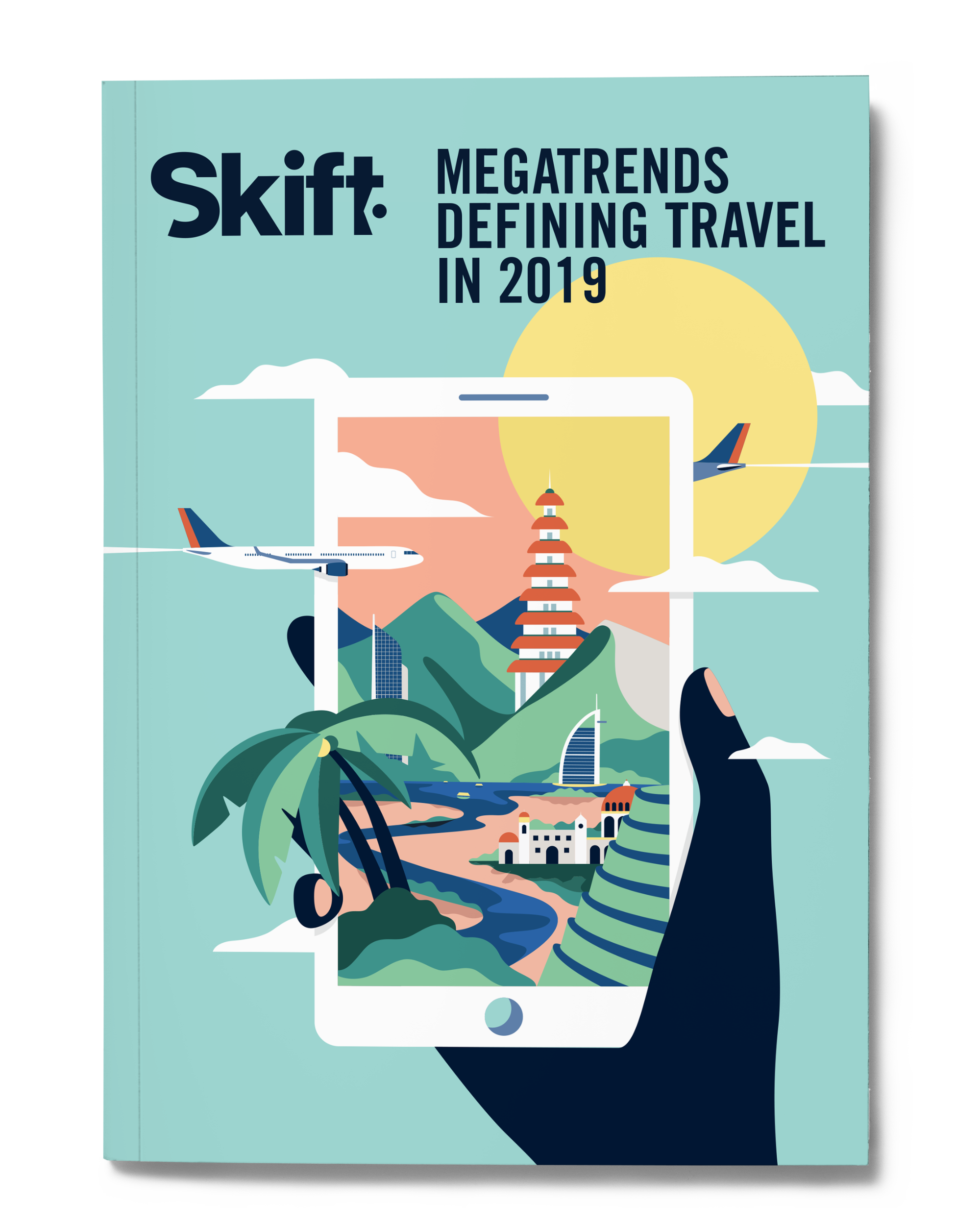Skift Take
Midsize cities are smart to focus on transformative placemaking projects that will not only allow them to bridge together different economic strata and cultural communities, but become in-demand destinations for travel, events, meetings, and conferences.
We recently released our annual travel industry trends forecast, Skift Megatrends 2019. You can read about each of the trends on Skift, or download a copy of our magazine here.
Midsize cities around the world are focusing more on developing public spaces and venues that provide a forum for bringing together different communities and cultures. Today the success of cities in the global visitor economy is based in large part on their abilities to connect a wide range of locals and visitors in places that celebrate progress, creativity, and innovation — which is becoming commonly referred to as “transformative placemaking.”
While this theme has been inherent in the development of the world’s global capitals throughout the centuries, midsize cities are embracing transformative placemaking more intentionally. Moreover, the strategy often prioritizes inclusive and equitable development that connects both high-growth and underserved neighborhoods.
Placemaking projects, ranging from The High Line in New York City’s Meatpacking District to the creative tech community in Shoreditch, London, have proven to be successful catalysts for economic development supporting the growth of retail, dining, entertainment, and cultural experiences.
Now, cities from Washington, D.C. to Abu Dhabi are transforming their neighborhoods with public spaces and venues designed to bridge communities among different economic strata and cultural makeup. Furthermore, the vision benefits cities in that these types of transformative placemaking projects are attractive destinations for leisure travel, festivals and events, and meetings and conferences of all sizes.
The 11th Street Bridge project in Washington, D.C., for example, is a high-concept architectural venue for public events, connecting the city’s central core with the distressed communities across the Anacostia River. In San Antonio, Texas, the San Pedro Creek development is revitalizing the waterways between the central downtown business district and primarily Hispanic residential neighborhoods, where locals and visitors can explore local art and culture.
On a more global scale, the Saadiyat Cultural District in Abu Dhabi in the United Arab Emirates is home to world-class cultural facilities, ranging from The Louvre Abu Dhabi to The Guggenheim Abu Dhabi. In effect, the region is designed to bring the East and West closer together around arts and culture defining how people interpret place to define their identities.
This is transformative placemaking on an unprecedented level, bringing together governments, private industry, cultural organizations, and local community groups to create a new narrative for the region.
SKIFTX Q&A WITH SULTAN AL MUTAWA AL DHAHERI
To learn more about how Abu Dhabi’s is bringing these different groups together and what the city’s new narrative means for meeting planners and attendees, SkiftX spoke to Sultan Al Mutawa Al Dhaheri, executive director, tourism sector, of Abu Dhabi’s Department of Culture & Tourism.
SkiftX: How is Abu Dhabi differentiating itself from other cities in the region, such as Dubai, when it comes to meetings and events?
Sultan Al Mutawa Al Dhaheri: The appeal of Abu Dhabi as a preferred destination for meeting and event organizers can be mainly attributed to the quality services, facilities, and unique visitor experiences it offers.
The facilities are located in some of the biggest and best hotels in the world, including Emirates Palace, The Ritz-Carlton Abu Dhabi, St. Regis Hotel Saadiyat Island, and the Yas Hotel, as well as the purpose-built Abu Dhabi National Exhibition Centre (ADNEC) –– the most modern facility of its type in the Arabian Gulf. There are also some stand-out alternative venues, such as the Abu Dhabi Falcon Hospital and the state-of-the-art Yas Marina Circuit.
Business travelers can also enjoy a plethora of unique activities outside of the halls and conference rooms, such as the theme parks of Yas Island, the Louvre Abu Dhabi, the heritage of Qasr Al Hosn, the magnificence of the Sheikh Zayed Grand Mosque, the aforementioned Falcon Hospital, the sprawling Al Ain Oasis, and our famed desert safaris, as well as the Emirati Experiences initiative.
SkiftX: What are some common misconceptions about the city?
Al Dhaheri: There are a lot of misconceptions about safety in this region. According to a recent survey from CEOWORLD magazine, Abu Dhabi is actually the safest city in the world. Numbeo, a website that curates global data about cities and countries, also found that it had a crime index of just 11.74 –– any city below a score of 20 is considered very safe. Also, while Abu Dhabi is often associated with high-end luxury, it does not mean the city is overly expensive for tourists. Many hotels offer affordable packages and room rates to visitors, especially outside of peak season.
SkiftX: How is the city adapting to meet the unique needs of meeting planners and attendees?
Al Dhaheri: As part of the Department of Culture and Tourism – Abu Dhabi (DCT Abu Dhabi), the Abu Dhabi Convention Bureau has launched its Advantage Abu Dhabi program, an incentive initiative designed to increase Abu Dhabi’s value proposition and provide support through the entire event planning cycle.
This financial injection fund works to incentivize and inspire local, regional, and international entrepreneurs, institutions, and the business community to anchor a variety of best-in-class events in Abu Dhabi.
Abu Dhabi already offers accessibility, safety, affordability, support, and a uniqueness of location and innovative venues with cutting-edge technology. We’re adding to the infrastructure through further developments which are designed to enhance the holistic Abu Dhabi experience, as well as provide new and unique venues to hold business events.
SkiftX: How is Abu Dhabi taking the needs of locals into consideration in how it develops its public spaces and infrastructure?
Al Dhaheri: As the city continues to build assets and capabilities to enhance the Abu Dhabi experience for both residents and visitors, much of the new infrastructure that’s being developed has to serve a dual purpose. Not only do these places have to offer new and unique venues for business events, but these venues have to offer something for residents to engage with after business is “concluded.” Abu Dhabi’s product strategy, for instance, is to develop several distinct districts, with clear value propositions for visitors across all three regions of the Emirate. For example, Manarat Al Saadiyat at Saadiyat Island is one such identified district. It not only provides a unique venue for business-related events, but also serves as a cultural and artistic hub for Abu Dhabi residents year-round through exhibitions, workshops, and outreach projects, as well as internationally renowned events such as Abu Dhabi Art.
SkiftX: How does this new development balance the local heritage and culture while still innovating and looking toward the future?
Al Dhaheri: Manarat Al Saadiyat is one good example. Another is Qasr Al Hosn, the oldest structure in the city of Abu Dhabi. It recently opened after being completely renovated as a tourism and cultural destination in the heart of the capital, but has been conserved to preserve its rich historic value. It will also feature new exhibition spaces with the very latest technology and will serve as a focal point for the community and a new option for meetings and events.
The core mission of the Department of Culture and Tourism – Abu Dhabi is to promote and protect the heritage sites that embody this history of our region so that they can inform future generations and engage the communities in which they sit. This goes hand-in-hand with our remit to position Abu Dhabi as a destination of distinction, which is attractive to meeting and event planners and business and leisure travelers.
This content was created collaboratively by Abu Dhabi Convention Bureau and Skift’s branded content studio, SkiftX.
Have a confidential tip for Skift? Get in touch
Tags: abu dhabi, destinations, meetings and events, megatrends, megatrends 2019, middle east

